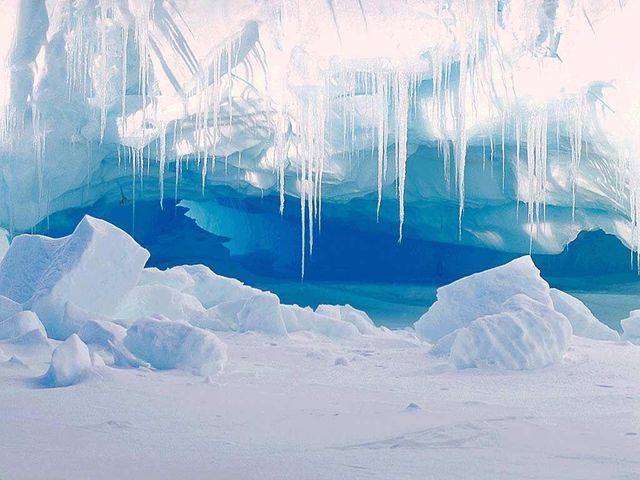In extreme cold temperatures, DO NOT turn down your heat

Sounds obvious enough, right? If that’s the case, then why, oh why do we get called out time and again for frozen pipes during those extremely cold nights? People are generally intelligent, I believe that. Everyone knows that when it’s cold out, don’t turn off the heat. So how do frozen pipes happen?
What if there is a room or zone in your house you are not using? The thinking goes something like this…
If I turn my thermostat down to 62 degrees in this room, the water in the baseboards will not freeze because it’s above the freezing point of 32 degrees.
That sounds reasonable. Here is where the problem lies; during extreme cold temperatures, e.g., the Polar Vortex, the temperature of the water in the heating pipes drops faster than the temperature of the air in the room. One reason for this is because heating pipes are venerable to drafts in basements and crawlspaces, not to mention that baseboards sit on the cold, outside walls of your house while, more often than not, thermostats sit on an warm, interior walls of your house. The thermostat may detect the room temperature to be at 62 degrees, but it has no idea what the temperature is of the water in the heating pipes. If the thermostat’s set temperature (in this case 62 degrees) is satisfied, then it is not going to call for heat. If it does not call for heat, the water in the heating zone does not circulate. It remains perfectly still –sitting in copper pipes, against a cold, cold wall, or in a drafty basement or eve. When temperatures reach single digits outside, it does not take long for water to freeze.
Similarly, this can happen when other heat sources are used, e.g., a fireplace or pellet stove, which keeps the room temperature nice and toasty, again fooling the thermostat and preventing it from calling for heat.
So how can you prevent your heating pipes from freezing?
Turn up the heat. I know we are all trying to save money and conserve energy, we have to these days, but amid an arctic night is not the time to do it. Protect your house first, your wallet will thank you later.
This entry was posted in Tips by Robert Sinclaire. Bookmark the permalink
About the Business
Have a question? Ask the experts!
Send your question

